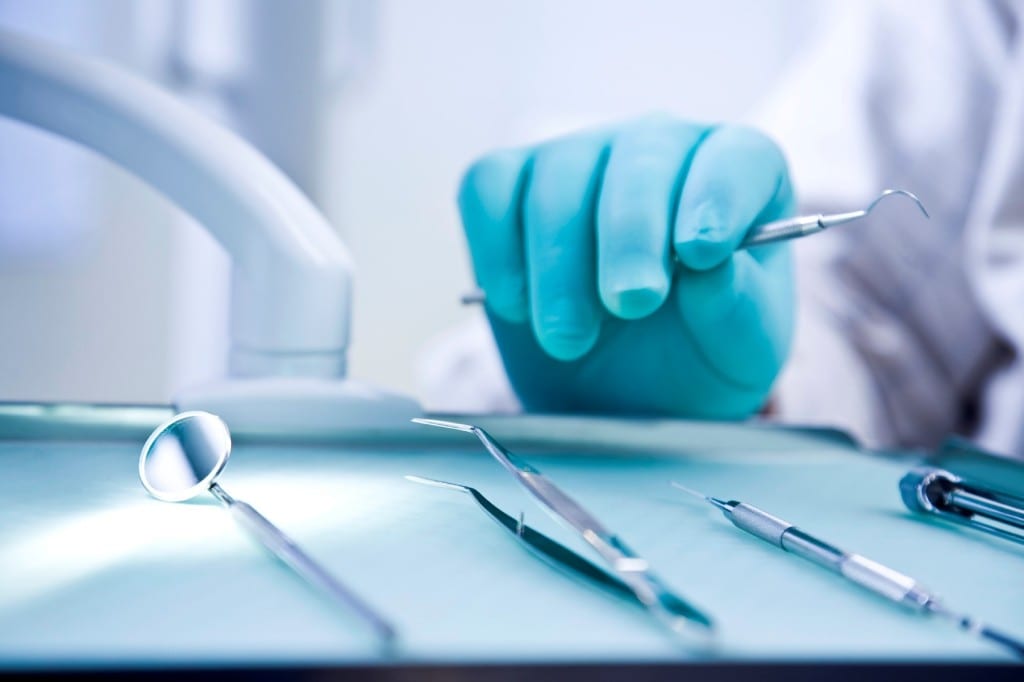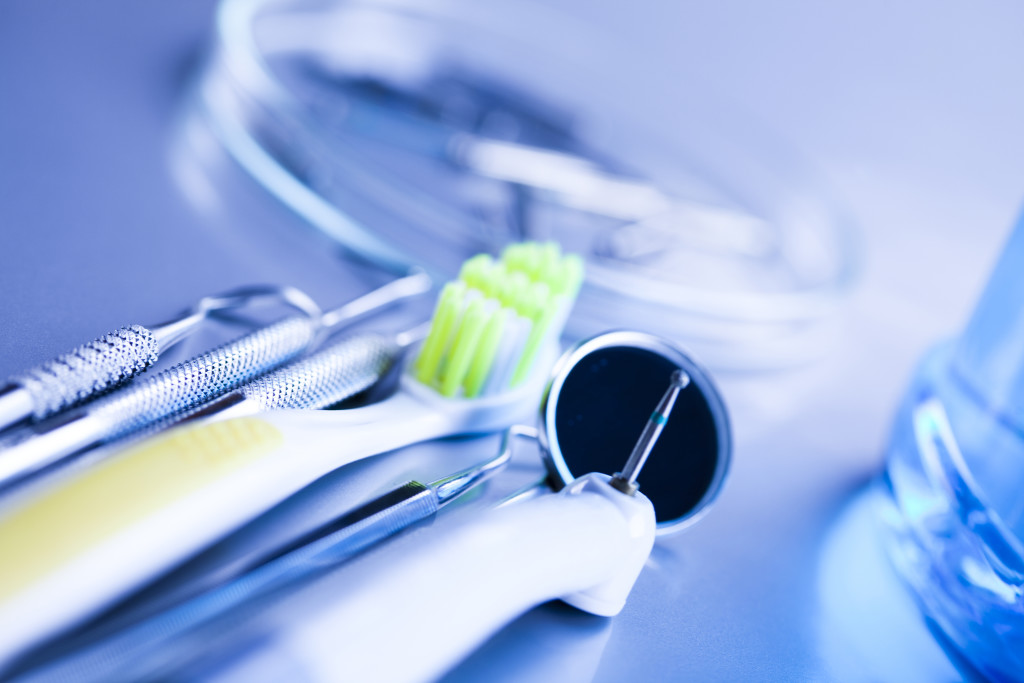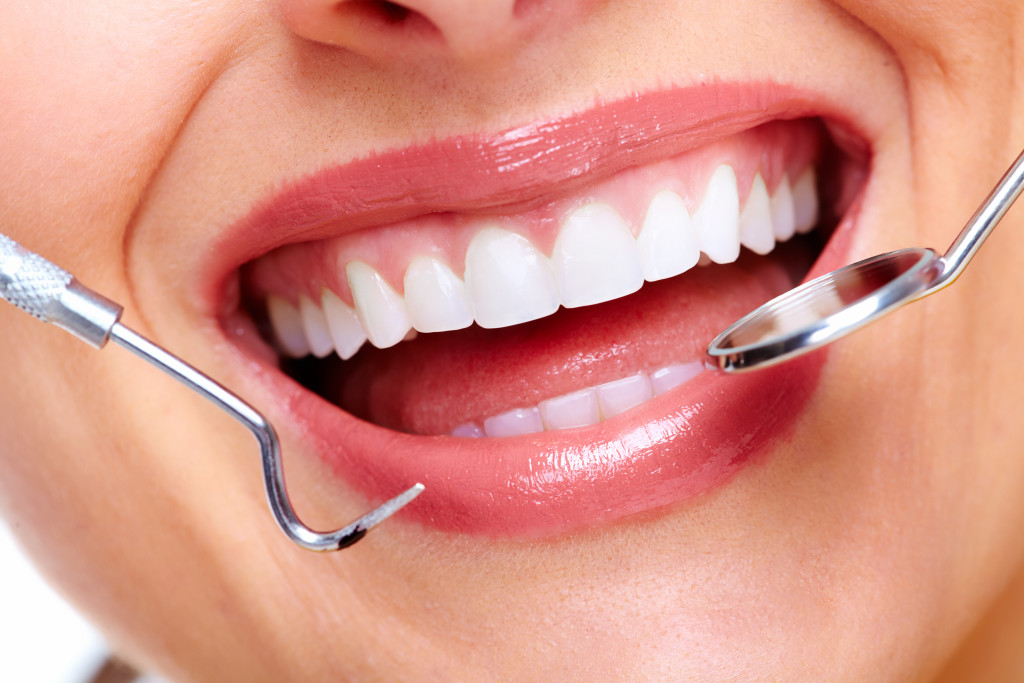 Brushing your teeth sounds simple — but are you really doing it right? Most people miss key steps, rush through the process, or use the wrong technique altogether. Over time, that can mean plaque buildup, bad breath, and expensive dental work.
Brushing your teeth sounds simple — but are you really doing it right? Most people miss key steps, rush through the process, or use the wrong technique altogether. Over time, that can mean plaque buildup, bad breath, and expensive dental work.
Here’s how to properly brush your teeth, step by step, so your smile stays clean, healthy, and fresh.
Step 1: Choose the Right Toothbrush
- Use a soft-bristled brush — it’s gentle on enamel and gums
- Manual or electric? Both work, but electric can make it easier to be consistent
- Pick a brush head size that fits your mouth comfortably
Replace your toothbrush every 3 months — or sooner if the bristles are frayed.
Step 2: Use a Fluoride Toothpaste
Fluoride helps strengthen enamel and prevent cavities. Stick with a trusted brand and skip the trendy ones unless they’re dentist-approved.
Avoid: Whitening pastes with harsh abrasives or toothpaste without fluoride unless directed otherwise by a dentist.
Step 3: Brush at the Right Angle
Hold your toothbrush at a 45-degree angle to your gums. This helps remove plaque both on the teeth and just below the gumline.
Don’t scrub hard — gentle, circular motions are most effective and won’t damage enamel.
Step 4: Follow the 2-Minute Rule
Brush for two full minutes, twice a day (morning and night). Split it up:
- 30 seconds: upper right
- 30 seconds: upper left
- 30 seconds: lower right
- 30 seconds: lower left
Many electric toothbrushes have built-in timers. If not, set one on your phone.
Step 5: Don’t Skip the Gums and Tongue
- Gently brush along the gumline — this is where plaque hides
- Brush your tongue (or use a tongue scraper) to remove bacteria and fight bad breath
Step 6: Rinse (But Not Too Much)
After brushing, spit out the excess toothpaste but don’t rinse your mouth with water right away. Leaving some fluoride on your teeth gives longer protection.
You can rinse gently with a fluoride mouthwash afterward, if you want extra freshness.
Bonus: Floss and Clean Between Teeth
Brushing isn’t enough on its own. Floss once a day to remove food and plaque between teeth — the places your brush can’t reach.
You can also use:
- Interdental brushes
- Soft picks
- Water flossers
Final Thought
Brushing your teeth the right way doesn’t take much more time — just better technique. Be gentle, be thorough, and stick to a routine.
The payoff? Fewer cavities, healthier gums, better breath — and way fewer visits to the dentist’s drill.
Picture Credit: Freepik






